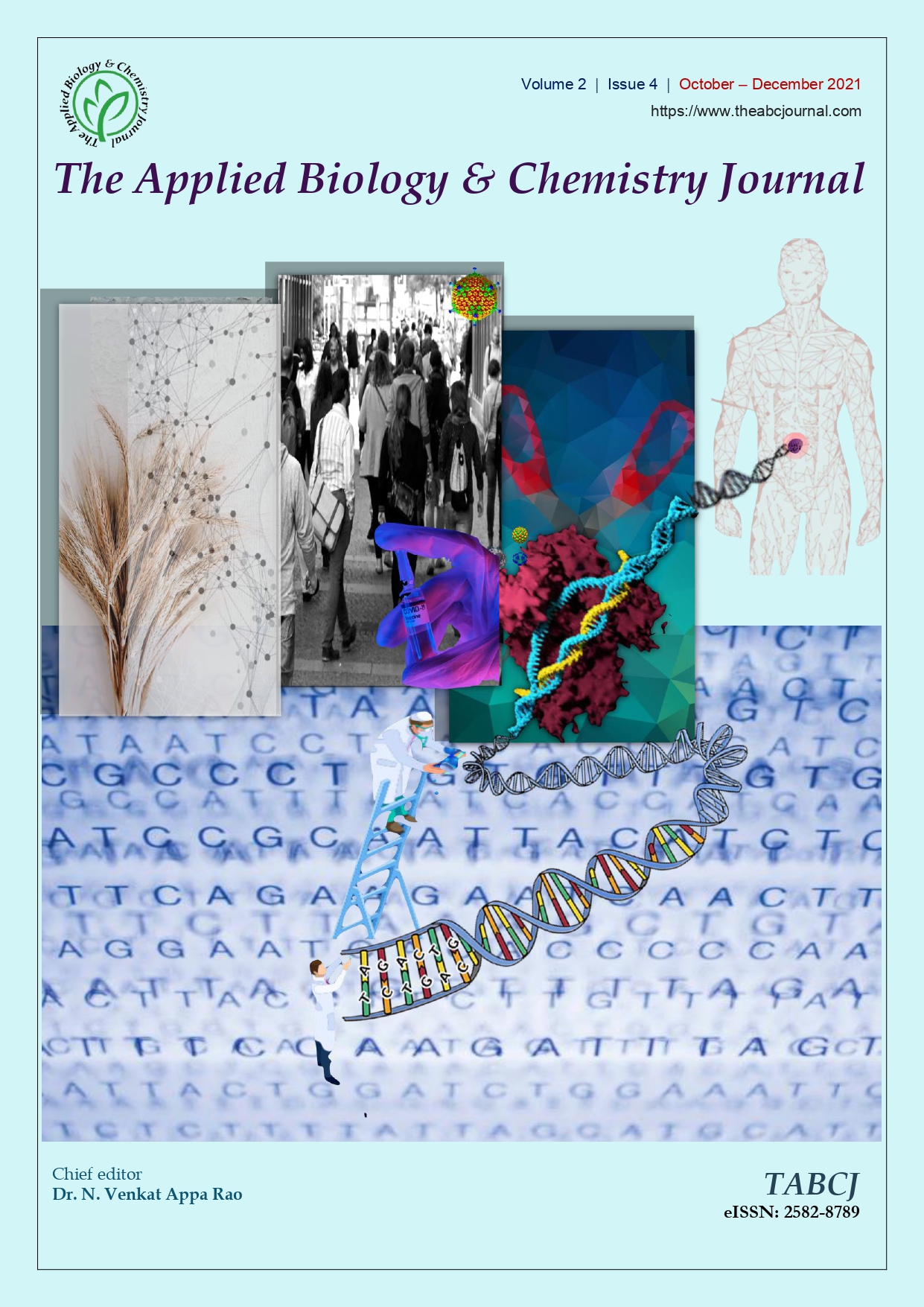Assessment of the preventive effect of dietary inclusion of Cucurbita maxima (Duch.) leaf on N-methyl-N-nitrosourea (MNU) induced colon carcinogenesis in Wistar rats
DOI:
https://doi.org/10.52679/tabcj.2021.0015Keywords:
Cucurbita maxima, dietary inclusion, carcinogenesis, chemo-preventive, N-methyl-N-nitrosourea, MNU, colon cancerAbstract
The preventive effect of Cucurbita maxima leaf inclusion at 2.5%, 5% and 10% in colon carcinogenesis induced by N-methyl-N-nitrosourea (MNU) for 12 weeks was evaluated. A significantly lower level of carcinoembryonic antigen (CEA) values was observed in the serum of rats fed with various percentages of C. maxima leaf included diet in comparison with the MNU control group (administered MNU without treatment), which showed high serum CEA values (238.77 ± 38.95 ng/ml). The result shows that the MNU control group has the highest level of oxidative stress in the colon (78.51 ± 6.88 nMol/mg/ml) when compared to the normal control groups (56.30 ± 5.82 nMol/mg/ml). There was no significant difference in the level of MDA in the 10% dietary inclusion control group of the colon (52.08 ± 7.63 nMol/mg/ml) when compared to the normal control groups. Analysis of the experimental diets revealed a significant presence of total polyphenols and flavonoids content which increases from 0.256 mg/g GAE and 0.068 mg/g QU respectively in basal diets towards 0.287 mg/g and 0.085 mg/g respectively in the 10% C. maxima leaf-included. The polyphenol and flavonoid content of the formulated diet at 5% and 10% shows significantly higher values than the basal diet. The data showed an increase in crude fibre content, 3.05 mg/g, 3.1 mg/g, 4.2 mg/g in the 2.5%, 5% and 10% inclusions respectively. The results demonstrated a strong negative correlation coefficient (-0.715, -0.799, -0.944) between CEA and the crude fibre, flavonoid and polyphenol respectively when C. maxima percentage was increased in the experimental diets. Similarly, the rats MDA values also showed a negative correlation coefficient (-0.271, -0.398, -0.147) with crude fibre, polyphenol and flavonoid content respectively. However, the enzymatic antioxidants (superoxide dismutase and catalase) showed a positive correlation (0.355, 0.411, 0.488 and 0.112, 0.241, 0.380) with the crude fibre, polyphenols and flavonoid content respectively. Histological observation of colon tissue showed severe damage to the mucosa cell, with mucosa ulceration and sclerosis in the MNU control group, whereas groups fed with experimental diets concurrently with MNU administration showed mild damage to the normal architecture of the cells. The results demonstrated the ability of C. maxima leaf dietary inclusion to improve endogenous antioxidant system, lower oxidative stress and protect against organ damage by MNU carcinogen.
Downloads
Published
Issue
Section
License

This work is licensed under a Creative Commons Attribution-NonCommercial 4.0 International License.


